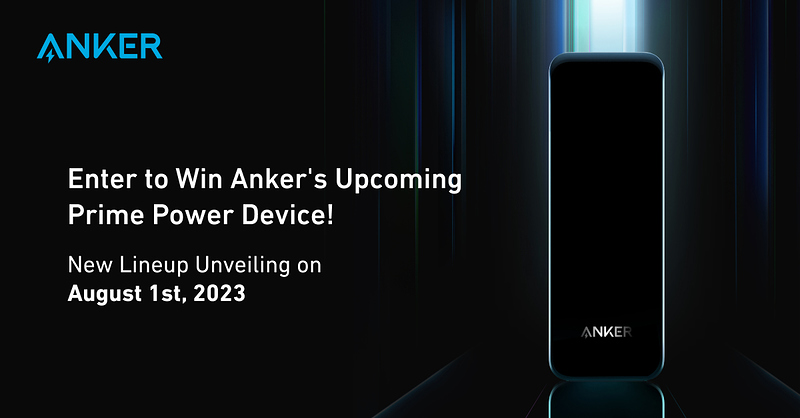Agree you have to design to likely risk. Where I am living now the probable risk of a type lasting more than a few hours is load shedding.
But my last home the risk was first winter storm blowing down multiple lines and waiting your turn for repair with 24 hours outage. Last time was 28 hours without power.
Those different risks calls for different solutions.
Load shedding risk is covered with just-enough Wh to power during the cutoff period and recharge when power resumed fast enough til the next rolling blackout.
Whole house systems, yes I’ve seen those for years, some DIY videos exist, of a set of batteries with a switch for on-grid and solar and wind and you feed your excess into the powergrid for credit and take from grid when deficit and you have enough batteries to take from the grid the least (aiming for zero) and to handle longest outages.
But why I’ve shied away from whole-house systems is it doesn’t remove the risk of the house itself (flood, fire) so I still prefer portable. I’ve also shied away from solar as I feel greatest risk is in winter. This Powerhouse is still portable, but in a car (or a cart) , but not bike / walk. For those risks I cannot leave in a car I am also leaving the need to feed a whole lot of AC mains devices too and just power what’s on your back - and Powercore does that.
I’ve started work now in the energy supply side, part of the solution as I don’t want to be some elderly person 20-30 years from now defuddled and needing help moving when there’s an outage. I am aghast at the way many nations are sleepwalking back to 1970s quality of power reliability.
My smaller gadgets are covered by Powercore, I’ve got just under 600Wh across 26800 20000 10000 etc. Internet router has 109Wh APC UPS, router takes 9W and anything longer than the 12 hours would take down the local Internet hub anyway.
My cooking/heating covered by camping class gear with fuel.
It’s a few specific gaps left. The fridge-freezer is a 0.7A 240V (170W) but bursts >500W , and quotes 460Wh/24h so an Anker F1200 1229Wh ~ 2.7 days. But as I perceive my biggest risk is in winter, I expect actual Wh needs far less than 460Wh/24 so I think I’ll get more than 2.7 days.
If the biggest risk becomes summer then I’m pivoting to a big solar install, but as solar technology is still improving, and panels left out age from UV destruction in 25 years, I’ve been kicking that down the technology street for decades. The advantage of the folding portable solar is it’s kept in the dark so won’t age as fast. Hence the single 100W panel decision (for now).






